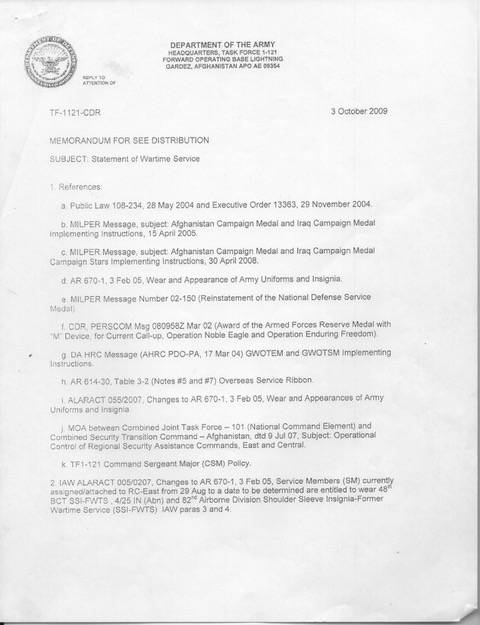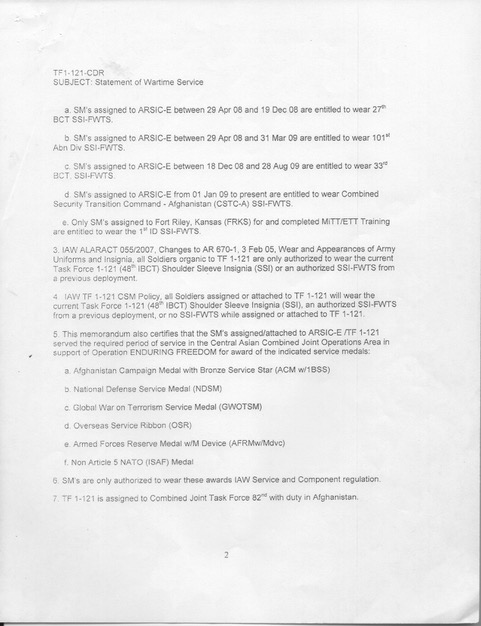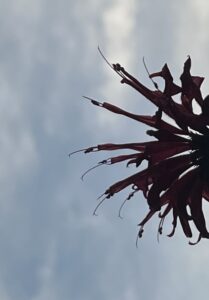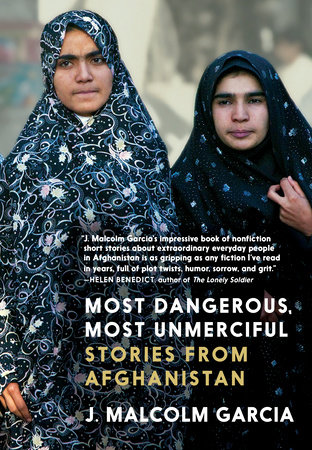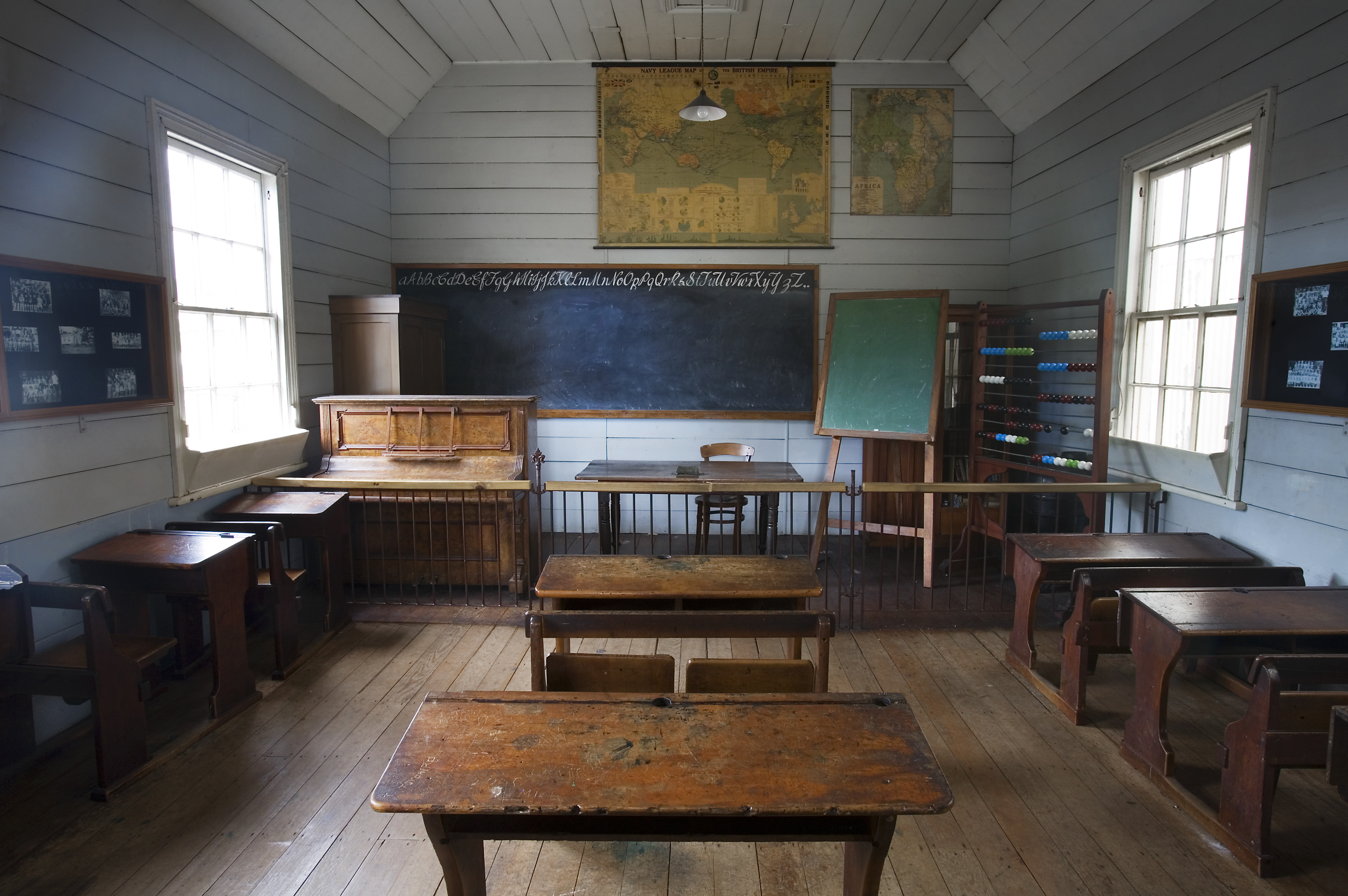Peter Molin’s “Strike Through the Mask!”: Memory and Memoir in Afghanistan
The opening of this month’s column repeats much of a Time Now: The Wars in Iraq and Afghanistan in Art, Film, and Literature post I wrote in 2018. The rest updates and expands upon that post by reflecting on two recent Afghanistan memoirs by veterans who served in the same area of Afghanistan as I did in 2008-2009. Reader, read on!
***
My tour in Afghanistan as an advisor to the Afghan National Army was not over when I returned to the States in November 2009. Many things have happened since that have extended its reach deep into my post-deployment life. The list includes:
-the infiltration bombing of Camp Chapman in Khost Province in December 2009, a FOB I often visited before leaving Khost in July 2009.
-the awarding of the Medal of Honor to a fellow US Army advisor I knew from our train-up together at Fort Riley.
-a long article in a major weekly profiling the commander of the advisor unit two or it that referenced many people and places I knew well.
-the WikiLeaks release of classified combat reports, several of which recounted by the advisor team I led.
-a visit from Army Criminal Investigation Command (CID) telling me that they had detained a Russian-born jihadist who had attacked us in Khost in June 2009, killing one of the members of my team, who was the gunner in a truck in which I was a passenger. (The last I time I checked, the jihadist was still in jail in America.)
-a visit from another CID agent doing a background check on one of my linguists who was now translating for an American one-star general—this after emigrating to the United States, serving a tour in our Army, earning an Associate’s degree, and gaining his citizenship.
-a visit from two lawyers on Bowe Bergdahl’s defense team, because my name figures in the Army investigation report of the severe wounding of one of the soldiers involved in the search for Bergdahl.
-a profile in a major media venue of an Afghan National Army officer whom I knew in Khost who has since emigrated to the United States.
-the chance to offer comments at the dedication of the Chicopee, Massachusetts, War on Terror Monument, a chance that arose because one of the six men honored by name on the Monument had been a member of my advisor team.
-efforts in August 2021 to secure the evacuation from Afghanistan of Afghans with whom I had served, efforts that largely failed but which continue today.
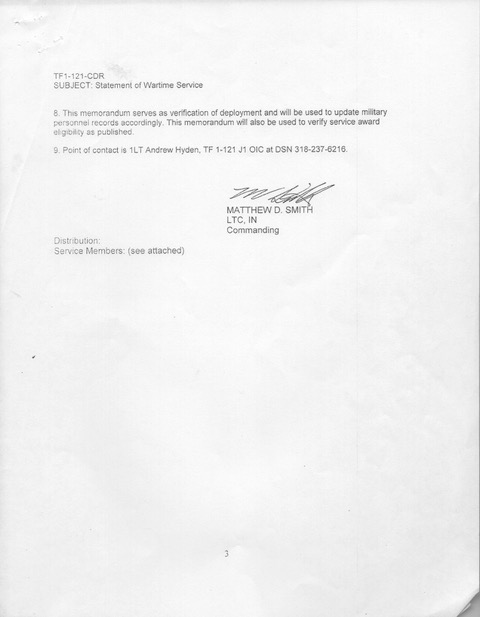
Now, within the last two years, I’ve become aware of memoirs written by two veterans of Operation Enduring Freedom in the Paktika-Paktia-Khost (“2PK” in military-speak) region at the same time I was there. One is by an Army sergeant who was a member of my Embedded Transition Team (ETT) in Khost province: Sergeant Major (retired) Chad Rickard’s Mayhem 337: Memoir of a Combat Advisor in Afghanistan. The other is by an Air Force lieutenant who served on the Provincial Reconstruction Team (PRT) in Paktia province where I served out the last five months of my tour on a nearby FOB: Lauren Kay Johnson’s The Fine Art of Camouflage. Together, Rickard and Johnson superbly describe the two spheres of activity that concerned me most: fighting the Taliban and supporting Afghan governance.
I offered glimpses of my day-to-day activities in Afghanistan in my first blog 15-Month Adventure: Advisor Service in Eastern Afghanistan. But those blog posts were written in the heat-of-the-moment and suffer from lack of detail and insight on the events I experienced. Further, I seem to lack the instinct—or the courage—for memoir, and I’ve never since tried to deepen and thicken the narrative of my own deployment or link the many separate episodes into a cohesive whole. Both Mayhem 337 and The Fine Art of Camouflage do that for their authors in ways that bring my own memories rushing back and help me understand them better. Rickard and Johnson recount many events of which I was aware and sometimes those in which I also participated. Each does a great job establishing the overall ambiance of the mission and the physical characteristics of the operating environment. Both authors write perceptively about the factors that made success in Afghanistan difficult (and ultimately doomed it), while conveying a welcome lack of self-righteousness and self-aggrandizement in the face of the challenges we encountered.
Sergeant First Class Rickard (as I knew him then) impressed me from the minute we met in my first week as advisor team chief on Camp Clark in Khost in 2008. A rawboned former college football player who was now a member of the California National Guard, Rickard exuded competence and a quiet can-do spirit. He was an infantry veteran of two tours in Iraq, and my team lacked both infantry grit and combat experience. We were all willing, but I knew the coming months would be tense. Rickard immediately volunteered for our toughest mission—serving on a much smaller very remote combat outpost on the Afghanistan-Pakistan border—and as the next few months transpired, I learned to ensure he was in the thick of whatever fighting was to be had throughout our sector. It was an unfair burden for Rickard to shoulder, but my thought was that our operations stood little chance of success without his presence. And as Mayhem 337 recounts, Rickard eagerly embraced these challenges, with little thought at the time of the consequences on him and his family in the years afterwards, which Mayhem 337 also documents.
Speaking frankly, and perhaps enviously, Rickard had the kind of tour most infantryman could only dream of. Duty on Spera Combat Outpost brought near-daily engagement with the Taliban enemy, and Rickard’s account of working alongside Brigade Combat Team soldiers, Special Forces units, and most of all the Afghan National Army are both riveting and highly instructional for any infantryman who might face similar circumstances in the future. Many episodes stand out, but for me most illuminating were accounts of in-battle coordination with Air Force jet pilots and Army attack helicopters, along with Army artillery, to bring American firepower to bear upon wily and determined foes. While in Khost, I often sat by the radio tracking Spera COP battles, feeling mostly helpless and anxious—reports of small Army outposts being overrun elsewhere in Afghanistan were never far from my mind. As I monitored radio reports, I was aware of how crucial air and artillery support were for saving Rickard and his men from death, but Mayhem 337 reinforces the point that for those in action their lives depended on allies in the sky. But don’t take my word for it, here’s Rickard’s account from his Acknowledgement:
I want to personally thank each and every pilot and aircrew member who flew in support of combat operations I was involved in throughout my time in Afghanistan. I would not be here today if were not for the daring courage of the pilots who supported our ground combat operations.
And here’s an excerpt illustrating that support in action:
Soon after the departure of the Kiowa’s, two F-15 fighter jets reached our location. The pilots conducted their fighter check-in as soon as they arrived. They let us know their call signs, what planes they flew and what weapons they had available. They also told us how long they could stay and help. This team flew a pair of F-15s; their call-signs were Dude 1-1 and 2-1. Dude 2-1 was actually a female fighter pilot, not a “dude” per se; she operated as the flight lead that night… We confirmed that all US and Afghan forces were within the [infrared] glowing perimeters on the mountaintops. After confirmation we said “Roger Dude 2-1, you are cleared to engage.” And engage she did. She dropped a 500 pound [Guided Bomb Unit] and scored a direct hit on that group of enemy fighters….
Lieutenant Lauren Johnson was Air Force, too, though by her own account anything but a hot-shot fighter pilot. Rather, she served as the “information operations” staff officer on a Provincial Reconstruction Team in Paktia province. I make small cameos in Mayhem 337 (Sergeant Rickard thankfully goes easy on me), and though I’m not in The Fine Art of Camouflage, I may well have been in the same meetings as Johnson at many points. Provincial Reconstruction Teams were composed of military and civilian specialists charged with governance and infrastructure projects meant to enhance the “legitimate government of Afghanistan.” During my last few months in Afghanistan, I was one FOB over from Johnson and largely involved in much the same business. Specifically, our time in 2PK was marked by the run-up to the 2009 Presidential election. We all worked hard and worried endlessly about ensuring the elections were safe and fair, even as we strove to let Afghans “take the lead” as a measure of our faith in their capability and independence. That didn’t happen, unfortunately, and the disappointments and vexations associated with the endeavor foreshadowed the complete collapse of western-style Afghan governance in 2021. They also proved personally devastating to Johnson. The projects she was in charge of came to naught, and several experiences destroyed her idealistic attitude toward the overall mission and general faith in the competence and integrity of the military.
Among its other virtues, The Fine Art of Camouflage nails descriptions of the FOB, FOB daily life, and the stultifying and claustrophobic nature of staff work within Army headquarters. Johnson ventured off the FOB occasionally, sometimes for good, sometimes for worse, but the majority of her tour was spent in front of a computer generating the same reports she had filed the day before and in meetings with the same people she sat in meetings with every other day of the week. That business was my business, too, to a large extent. As a middle-aged middling rank officer, I did it all as well as I could and understood, kind of, its necessity. For an idealistic junior officer eager to lead troops and make things happen, such existence was spirit-killing. Though I was more senior to Johnson by far, I identified at many points with her recounting of staff-work trials-and-tribulations, and in particular the disconnected experience of trying to serve a Brigade Command Team whose commander—whom I also served—barely knew of her existence. A key episode in The Fine Art of Camouflage describes how a project of Johnson’s on which she worked for weeks goes to shit, and how on the nightly radio staff meeting, the Brigade Commander professes to not even knowing about it. For Johnson, being chewed out would have been better than the bemused nonchalance with which the colonel dismisses not just the project’s failure, but its worth and all her hard work:
The commander admonished the room to do a better job supporting the others and coordinating on missions, and then dismissed me with a brusque, “Lesson learned. These things happen.”
To my mid-ranks career-officer self, I kind of get where the colonel is coming from—he’s trying to be nice and not publicly crush a very junior office—but I also understand how condescending and demoralizing the experience must have felt for Johnson. Johnson also has a larger point to make, about how dysfunctional and uncoordinated was almost everything the military tried to accomplish in Afghanistan:
…how had the brigade commander been so unaware? The directive had come from brigade in the first place, and the plans had been in my report for a month, all the BUBS and CUBS and SITREPS and daily/bi-daily/weekly updates. As an official brigade tasking, the training had been monitored on …[the] PRT operations tracker too. I’d worked with the Department of State representative and with Army contacts at each of Paktia’s five combat outposts to finalize the attended list. I’d coordinated with pay agents, air transport, security, intelligence, convoy operations, and the mission commanders…. the crossed lines of communication were worse than the tangle of network wires winding through my office….
As the leader of a small element operating in support of the same large brigade, I also often felt marginalized and only intermittently supported. My remote perch led me to observe the internal machinations of the brigade with wry detachment that sometimes flared into frustrated outrage. My own dealings with the brigade commander were also characterized by paternalistic indifference on his part (though in all fairness, an episode toward the end of my tour in Khost rendered a more favorable impression). Along with Johnson, for me it was and is impossible not to think that our own travails mirrored in miniature the uncoordinated and un-sustained American effort throughout and over-time in Afghanistan.
There is much more to be said about each book and both books in tandem. While in some ways the two memoirs are juxtaposed—one a combat narrative by an infantry sergeant, one a story of nation-building staff-work by an Air Force officer with an eye on how tours in Afghanistan were experienced by women—there is also much that connects them. Each book, for example, situates the author’s story in the context of their personal and family histories before and after deployment; both works suggest that one reason it takes so long for memoirs to gestate is that their authors need time to measure the reverberations of their actions across the range of their closest social relationships. Also, I appreciate the authors’ even-handed depictions of the Afghans with whom they partnered. Neither Rickard nor Johnson had idealistic expectations nor perfect experiences, but neither were they reduced to sputtering contempt by their Afghan partners’ lack of military discipline, their potentially suspect loyalty, or their personal habits grounded in off-putting cultural and religious convictions. Finally, I’ve only touched on how emotionally debilitating their tours were for both Rickard and Johnson in their own long years after deployment.
There is also much more to be said about the overlaps between my own experiences and Rickard and Johnson’s descriptions of places, people, and events and my own. For readers interested in my own experience of combat, the 15-Month Adventure post titled “Gun Run” describes a mission in which I too relied on life-saving air support. I describe the staff-work misery I experienced and observed in a Wrath-Bearing Tree story titled “The Brigade Storyboard Artist.” Reflecting on the genre of memoir, I’ve always been hesitant to criticize the “self-writing” of fellow men-and-women in uniform. Every story is important, and who am I to judge?
Here though, I’ll say that though I’m sorry that the authors had to live through the hells they experienced, I’m glad Rickard and Johnson have written the books they have. They will long sit on my bookshelf as narratives that describe in familiar terms an intense period in my own life. Especially since I know (somewhat) both authors, I am happy that they have written such good books and that by their report writing them has helped them make sense of their own time in Afghanistan. Further, the appearance of the two memoirs makes me wonder how two such fine writers came to serve within my ken during my own deployment. It was obviously coincidence, but it seems like fate. The appearance of their memoirs now reminds me that my year in Afghanistan will never really be completely behind me.
Chad Rickard, Mayhem 337: Memoir of a Combat Advisor in Afghanistan. 2019.
Lauren Kay Johnson, The Fine Art of Camouflage. MilSpeak Foundation, 2023.
https://petermolin.wordpress.com/2010/07/17/gun-run/
https://www.wrath-bearingtree.com/2020/01/fiction-from-peter-molin-the-brigade-storyboard-artist/
